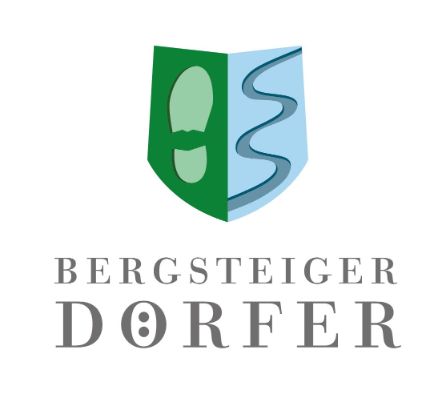On 19 September 1991 a mummified corpse was found by chance in the ice of the Similaun glacier, on the way down from Fineilspitze peak (3,514m) to Tisenjoch saddleback (3,280m). The dead man carried a bow made from yew, a coated quiver filled with 14 arrows, instruments made of bone, arrowheads made from antlers of red deer and wrapped in bast, a flint knife with a flint blade, copper arrows and a back carrier.
Yet we know that Ötzi was not the first to dare to cross the Alps. Archaeological discoveries near Vent prove that this region was the hunting ground for foragers in the Mesolithic period as early as 8,000 BC. Today the Iceman is exhibited in the Archaeological Museum of Bolzano.


